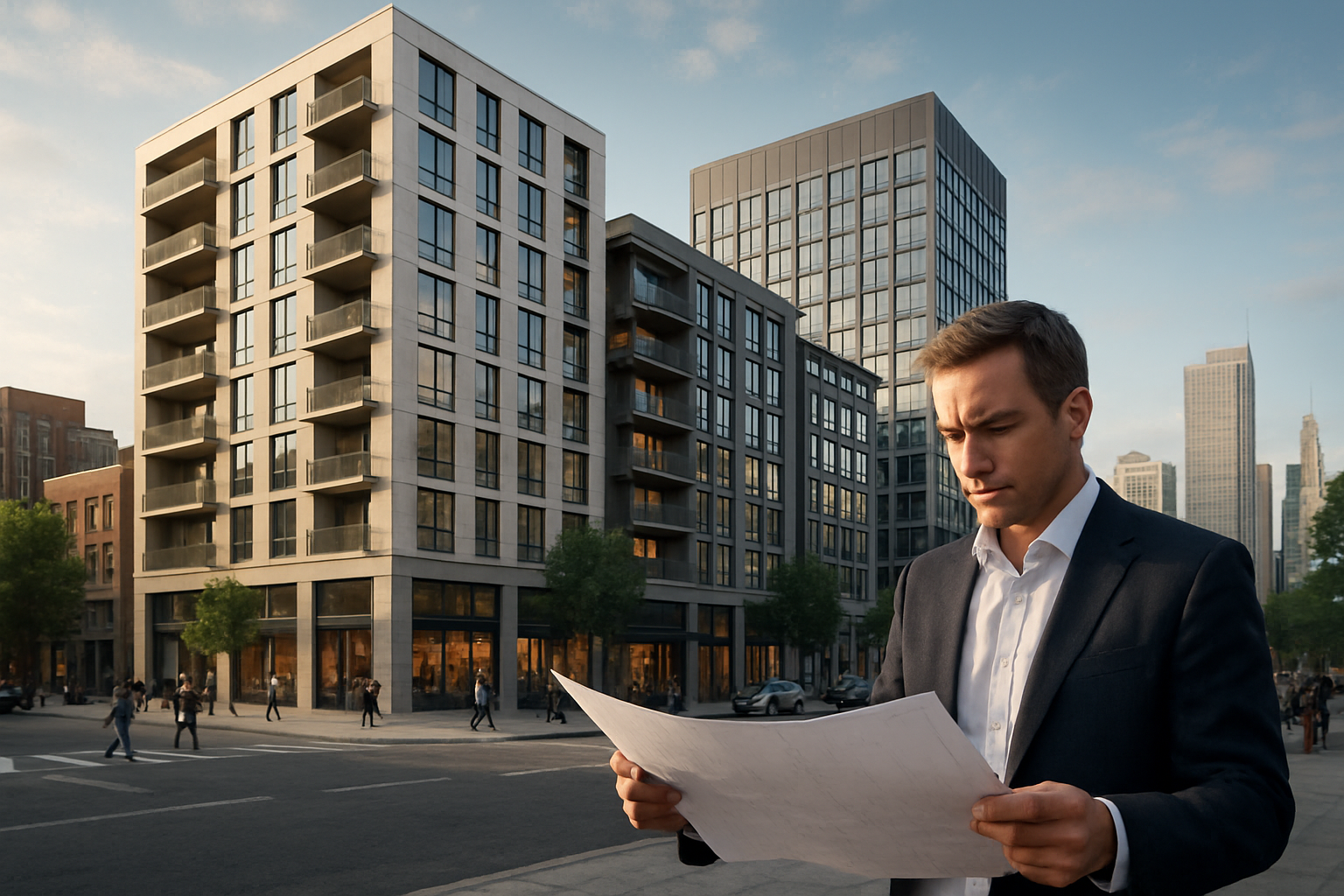Title: The Resurgence of Mixed-Use Developments in Urban Planning
Imagine walking out of your apartment, grabbing a coffee from the shop downstairs, and strolling to your office just a block away. This isn't a futuristic vision, but a growing reality in cities worldwide. Mixed-use developments are making a comeback, reshaping urban landscapes and redefining how we live, work, and play. These innovative projects are not just changing skylines; they're revolutionizing urban lifestyles and presenting unique opportunities for real estate investors and developers.

The key principle behind mixed-use developments is the creation of vibrant, walkable communities where residents can access most of their daily needs without relying on cars. This approach not only enhances convenience but also fosters a sense of community and improves overall quality of life.
Historical Context and Recent Revival
The concept of mixed-use developments has roots in ancient city planning. Medieval European towns, for instance, often featured shops on the ground floor with living quarters above. However, the Industrial Revolution and subsequent urban planning movements led to the separation of residential and commercial areas, a trend that dominated much of the 20th century.
In recent years, there’s been a significant shift back towards mixed-use developments. This revival is driven by several factors, including increasing urbanization, a desire for more sustainable living, and changing preferences among younger generations who prioritize walkability and community engagement.
Economic and Social Benefits
Mixed-use developments offer numerous economic advantages. For developers and investors, these projects often yield higher returns due to diversified income streams from various property types. They also tend to be more resilient during economic downturns, as the different components can balance each other out.
From a social perspective, mixed-use developments create more vibrant, inclusive communities. By bringing together diverse groups of people – residents, workers, and visitors – these spaces foster interaction and create a sense of place. This social cohesion can lead to increased safety, community engagement, and overall well-being.
Environmental Sustainability
One of the most significant advantages of mixed-use developments is their potential for environmental sustainability. By reducing the need for car travel and promoting walkability, these projects can significantly decrease carbon emissions. Additionally, the high-density nature of mixed-use developments allows for more efficient use of land and resources.
Many modern mixed-use projects also incorporate green building techniques and technologies, such as energy-efficient systems, green roofs, and sustainable materials. This focus on sustainability not only benefits the environment but also appeals to environmentally conscious tenants and buyers, potentially increasing property values.
Challenges and Considerations
While mixed-use developments offer numerous benefits, they also present unique challenges. Zoning regulations in many cities are still based on single-use models, making it difficult to obtain approvals for mixed-use projects. Developers must often navigate complex regulatory landscapes and may need to seek variances or zoning changes.
Another challenge lies in the design and management of these spaces. Balancing the needs of different users – residents, office workers, and retail customers – requires careful planning and ongoing management. Issues such as noise control, parking allocation, and security must be addressed to ensure the harmony of the development.
Impact on Real Estate Markets
The rise of mixed-use developments is having a profound impact on real estate markets. In many urban areas, these projects are commanding premium prices due to their convenience and amenities. They’re also influencing property values in surrounding neighborhoods, often leading to broader urban revitalization.
For investors, mixed-use developments offer unique opportunities. While they may require larger initial investments, the diversified nature of these projects can provide more stable long-term returns. Additionally, as demand for urban living continues to grow, mixed-use developments are likely to remain attractive to both renters and buyers.
Future Trends and Innovations
Looking ahead, the concept of mixed-use developments is likely to evolve further. We’re already seeing trends towards more flexible spaces that can adapt to changing needs over time. For example, some developers are creating convertible spaces that can switch between residential and office use as market demands shift.
Technology is also playing an increasingly important role in mixed-use developments. Smart building systems, IoT devices, and advanced data analytics are being used to optimize energy use, improve security, and enhance the overall user experience.
Conclusion
The resurgence of mixed-use developments represents a significant shift in urban planning and real estate development. By reimagining how we integrate living, working, and leisure spaces, these projects are creating more sustainable, vibrant, and economically viable urban environments. As cities continue to grow and evolve, mixed-use developments are likely to play an increasingly important role in shaping the future of our urban landscapes. For real estate professionals, investors, and urban planners, understanding and capitalizing on this trend will be crucial in the coming years.





